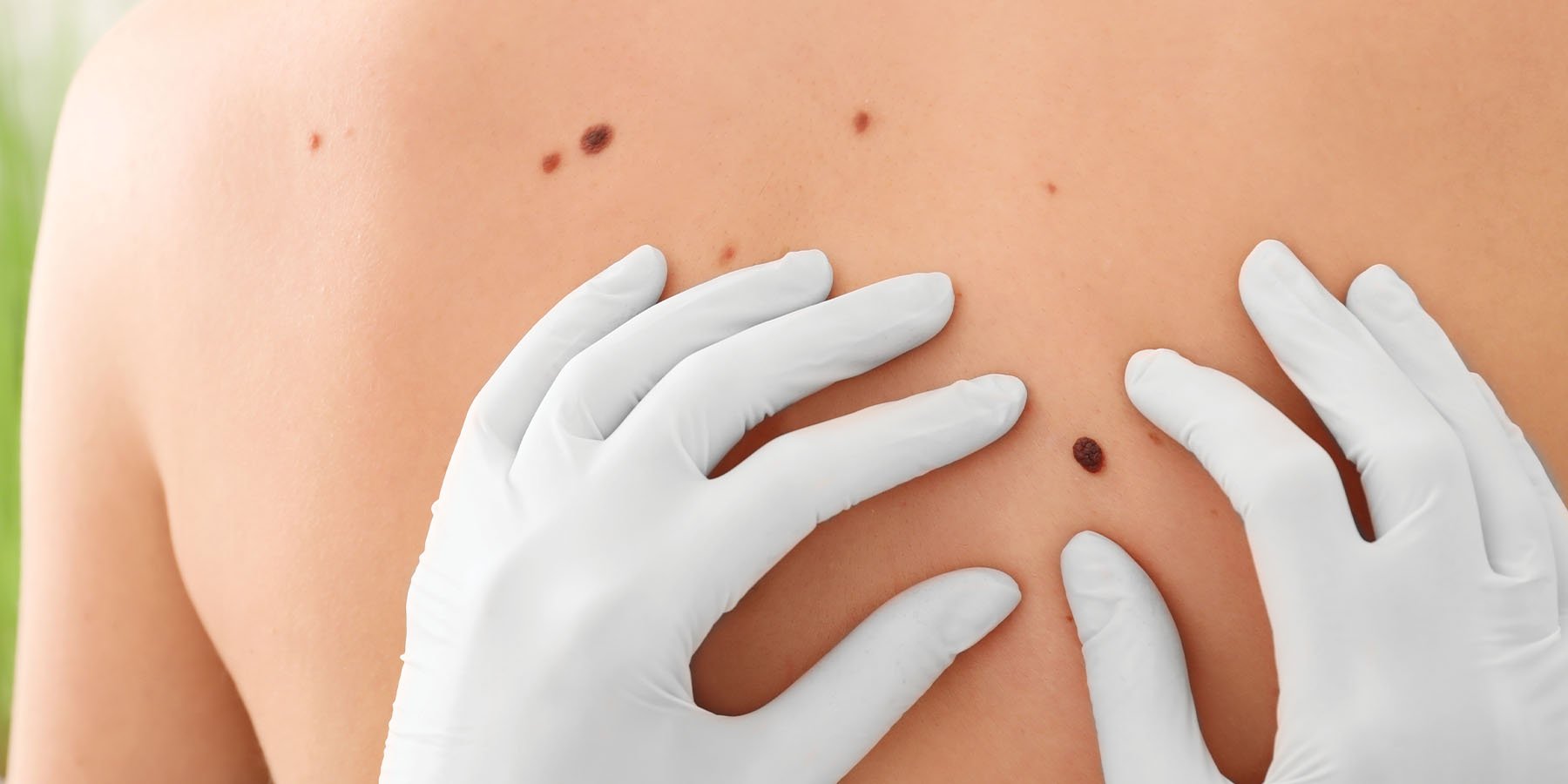Skin cancer is the most common form of cancer in the US, with over 5 million cases diagnosed each year.1 However, skin cancer is also one of the most preventable types of cancer, and with May being Skin Cancer Awareness Month, it couldn’t be a better time to learn more about the disease and how to help prevent it.
Common Types of Skin Cancer
Basal Cell Carcinoma (BCC). This is the most frequently occurring form of skin cancer, resulting in lesions on the body that arise on the outermost layer of the skin. Because of this, it rarely spreads to other parts of the body. More than 4 million cases of BCC are diagnosed in the US each year, mostly due to increased sun exposure and indoor tanning use.1
Squamous Cell Carcinoma (SCC). This is the second most common skin cancer. While also occurring on the skin’s outermost layer, SCC is more likely to penetrate deeper skin layers and spread throughout the body. More than 1 million cases of SCC are diagnosed in the US each year, mostly due to prolonged sun exposure and indoor tanning use.1
Melanoma. As the most dangerous form of skin cancer, these growths develop when unrepaired DNA damage to skin cells (usually caused by ultraviolet radiation from the sun or tanning beds) triggers mutations that makes the skin cells multiply and quickly and form deadly tumors. Experts estimate 192,310 melanoma diagnoses will be made this year in the US.1 Melanoma is almost always curable when caught and treated early, but if it has already spread through the body, it is more likely to be fatal.
It is important to know the warning signs of melanoma, which can easily be remembered by the alphabet:
- Asymmetry. If you draw a line down the center of a mole, both halves should be identical. If they’re asymmetrical, that could be a sign of melanoma.
- Border. The borders of early melanoma tend to be uneven and jagged.
- Color. Most non-cancerous moles are a solid color. If your mole is more than one color (common shades are brown, tan, black, red, white or even blue), get it checked.
- Diameter. Melanomas are typically large in diameter, about the size of a pencil eraser tip (6 mm), but may be smaller when first noticed.
- Evolving. If you notice an existing mole on your body that has changed shape, color, or form in any way, make an appointment with your dermatologist. Also be aware if it starts to bleed, itch or crust over, as those are melanoma signs.1
How to Prevent Skin Cancer
While it certainly helps, sunscreen is not the only solution to preventing skin cancer:
- It is imperative to see your dermatologist for a yearly skin exam — dermatologists tend to book super far in advance, so call several months ahead of time. You should also be performing regular head-to-toe skin exams at home so you can keep tabs on any suspicious growths.
- Avoid indoor tanning beds at all costs. They emit approximately 12 times more ultraviolet radiation light than natural sunshine.2
- Cover up with a wide-brimmed hat, sunglasses and clothing when outdoors.
- Avoid sunburns at all costs.
- ALWAYS WEAR SUNSCREEN. Wear at least SPF 15 on a typical day, and a higher dosage when you’re outdoors for extended periods of time.
In our opinion, every month should be Skin Cancer Awareness month, not just May! We encourage you to help spread knowledge of this disease by following these guidelines. For more information, visit skincancer.org.
- https://www.skincancer.org/
- “Tanning Bed vs. Sun: Which Is More Dangerous?” UnityPoint Health, 2015, www.unitypoint.org/livewell/article.aspx?id=93cb5a65-b789-43ce-b3f7-4d57572e8ca0.




